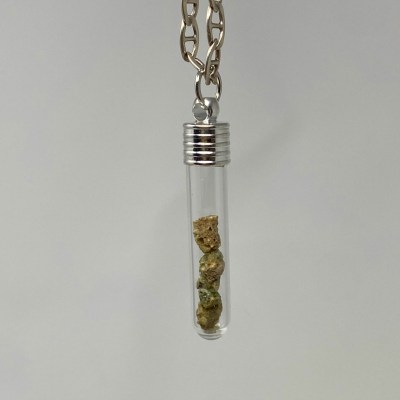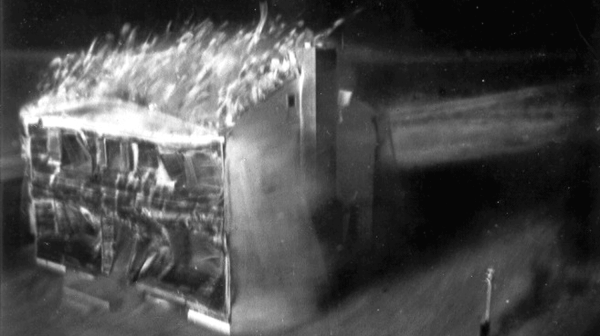Look out of a window, ask yourself the question, “Has a nuke gone off?”. Maybe, maybe not, and all of us here at Hackaday need to know the answer to these important questions! Introducing the hasanukegoneoff.com Indicator from [bigcrimping] to answer our cries.
An ESP32 running a MicroPython script handles the critical checks from hasanukegoneoff.com for any notification of nuclear mayhem. This will either power the INS-1 neon bulb, indicating “no” or “yes” in the unfortunate case of a blast. Of course, there is also the button required for testing the notification lights; no chance of failure can be left. All of this is fitted onto a custom dual-sided PCB and placed inside a custom 3D-printed enclosure.
Hasanukegoneoff.com’s detection system, covered before here, relies on an HSN-1000L Nuclear Event Detector to check for neutrons coming from the blast zone. [bigcrimping] also provides the project plans for your own blast detector to answer the critical question of “has a nuke gone off” from anywhere other than the website’s Chippenham, England location.
This entire project is open sourced, so keep sure to check out [bigcrimping]’s GitHub for both portions of this project on the detector and receiver. While this project provides some needed dark humor, nukes are still scary and especially so when disarming them with nothing but a hacksaw and testing equipment.
Thanks to [Daniel Gooch] for the tip.













